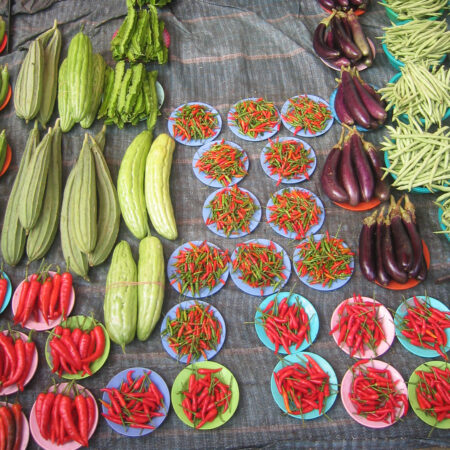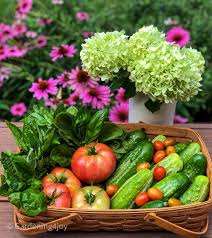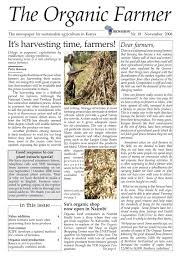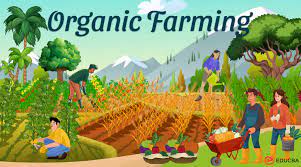
Farm equipment tools are essential for various agricultural tasks and play a crucial role in modern farming operations. These tools are designed to simplify and optimize the different stages of crop production and livestock management. Here is a more detailed description of some common farm equipment tools:
Tractors: Tractors are powerful machines used for a wide range of farming activities. They can pull or push implements and attachments for tasks such as plowing, tilling, planting, cultivating, harvesting, and hauling. Tractors come in different sizes and power outputs to suit the needs of different farms.
Plows: Plows are used to break up and turn over the soil, preparing it for planting. They come in various types, including moldboard plows, chisel plows, and disc plows. Plows are attached to tractors and are designed to penetrate the soil, creating furrows or ridges for seedbed preparation.
Cultivators: Cultivators are farm tools used to loosen and aerate the soil, remove weeds, and prepare the seedbed. They can be tractor-mounted or handheld. Cultivators feature rotating tines or blades that break up the soil and uproot weeds, providing favorable conditions for crop growth.
Seeders/Planters: Seeders or planters are used to accurately sow seeds in the soil at the desired depth and spacing. They are equipped with mechanisms that precisely meter and distribute seeds. Different types of seeders include broadcast seeders, row crop planters, and precision planters. Planters are often attached to tractors and can be combined with fertilization systems.
Sprayers: Sprayers are tools used for applying pesticides, herbicides, fertilizers, and other liquid solutions to crops. They can be tractor-mounted or handheld. Sprayers feature tanks for holding the liquid solution and nozzles or boom arms for uniform and efficient application. Modern sprayers often have advanced technologies for precise application and reduced chemical drift.
Harvesters: Harvesters are machines used to mechanically harvest crops. They come in various types depending on the crop, including combine harvesters for grains, fruit harvesters for orchards, and forage harvesters for silage. Harvesters are equipped with cutting, threshing, and separating mechanisms to efficiently harvest and collect crops.
Balers: Balers are tools used to compress and bind harvested crops, such as hay or straw, into compact bales for storage or transportation. They can be round balers or square balers, which create different shapes and sizes of bales. Balers facilitate efficient storage, handling, and transport of bulky crop materials.
Tillers: Tillers, also known as rototillers or cultivators, are used for soil preparation by breaking up and pulverizing the soil. They are commonly used in gardening and small-scale farming. Tillers feature rotating blades or tines that dig into the soil, preparing a smooth and loose seedbed.
Mowers: Mowers are tools used to cut grass, hay, or other vegetation. They are available in various types, including manual reel mowers, electric or gasoline-powered push mowers, and tractor-mounted mowers. Mowers are used for maintaining lawns, pastures, and hayfields.
Irrigation Equipment: Irrigation tools are used to provide water to crops when natural rainfall is insufficient. They include sprinklers, drip systems, and irrigation pumps. Sprinklers distribute water over the field in a spray pattern, while drip systems deliver water directly to the plant roots. Irrigation pumps draw water from wells, rivers, or other water sources to supply the irrigation system.
Spreaders: Spreaders are tools used to evenly distribute fertilizers, lime, seeds, or other granular materials over the field. They can be mounted on tractors or operated manually. Spreaders feature hoppers that hold the granular material and mechanisms to spread it uniformly as the tool is pulled or pushed.
Livestock Handling Equipment: Livestock handling tools and machinery are designed for managing and working with animals. They include cattle chutes, squeeze chutes, corral panels, livestock trailers, and sorting gates. Livestock handling equipment ensures the safety of both the animals and the workers during activities like vaccinations, branding, and sorting.
These farm equipment tools represent a fraction of the extensive range available in modern agriculture. The selection of tools depends on the specific needs of each farm, the crops grown, the size of the operation, and the available resources. Farming equipment continues to evolve, incorporating advanced technologies to enhance efficiency, productivity, and sustainability in agricultural practices.









